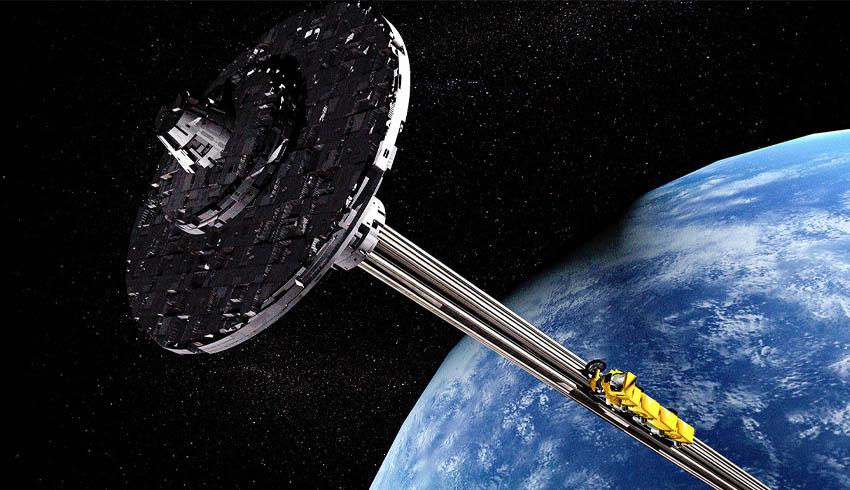For more than half a century, rockets have been the only way to go to space. But in the not-too-distant future, we may have another option for sending up people and payloads: a colossal elevator extending from Earth’s surface up to an altitude of 22,000 miles, where geosynchronous satellites orbit.
NASA says the basic concept of a space elevator is sound, and researchers around the world are optimistic that one can be built. The Obayashi Corp., a global construction firm based in Tokyo, has said it will build one by 2050, and China wants to build one as soon as 2045. Now an experiment to be conducted soon aboard the International Space Station will help determine the real-world feasibility of a space elevator.

There are many reasons to build a space elevator. The obvious one is the major energy and cost savings; it’s a much more practical way to get to orbit than rockets. Another reason that is often overlooked is accessibility. The word “space mission” would be replaced by “transit,” as trips to space become routine and mostly independent of weather conditions. Transits involving humans would be safer than current practices, whereby astronauts must accept a negligible risk to their lives with each launch. A space elevator becomes a bridge to the entire solar system. Release a payload in the lower portion, and you orbit Earth; do so in the upper portion, and you orbit the sun—all without fuel.

With space elevators, “the word “space mission” would be replaced by “transit,” as trips to space would become routine and mostly independent of weather conditions,” Cohen writes. “Transits involving humans would be safer than current practices, where astronauts must accept a negligible risk to their lives with each launch.” “A space elevator becomes a bridge to the entire solar system.” “Release a payload in the lower portion, and you orbit Earth; do so in the upper portion, and you orbit the sun, all without fuel.”


